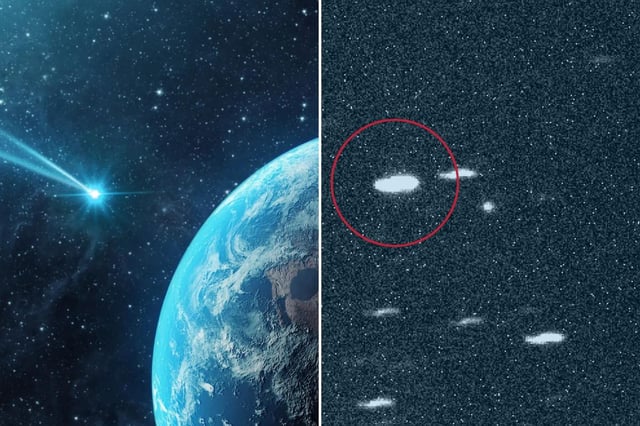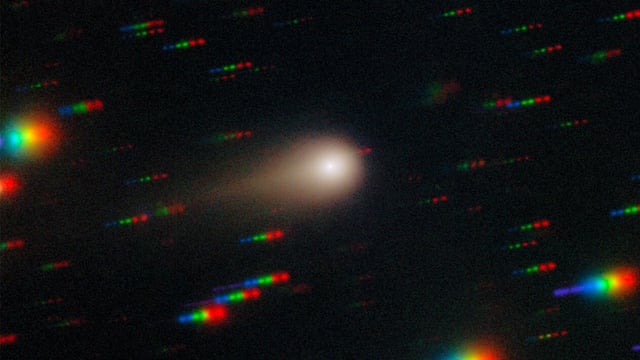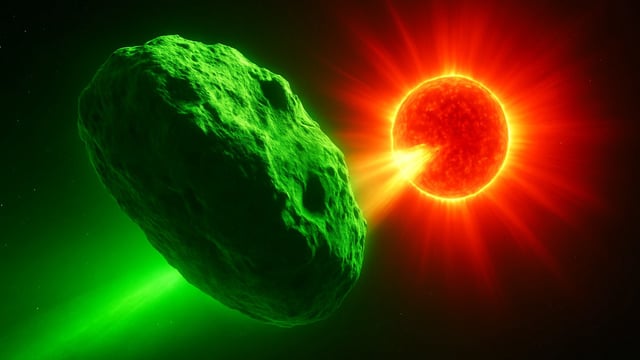Overview
- 3I/ATLAS is becoming unobservable from Earth this week ahead of a late‑November return, with perihelion in late October at roughly 130 million miles from the Sun.
- A new analysis led by Avi Loeb reports an inferred mass above 33 billion tons and a nucleus larger than several kilometers, far exceeding earlier estimates.
- NASA and multiple teams continue to characterize the visitor as a natural, CO2‑rich comet on a safe trajectory, with its closest Earth distance expected in December at about 167 million miles.
- A late‑September coronal mass ejection struck the object, and scientists are monitoring for any tail changes or subtle trajectory effects seen in past comet–CME encounters.
- As it passes near Mars this week, ESA’s Mars Express and ExoMars TGO and NASA’s Mars Reconnaissance Orbiter plan imaging attempts, including HiRISE, to refine size constraints.



